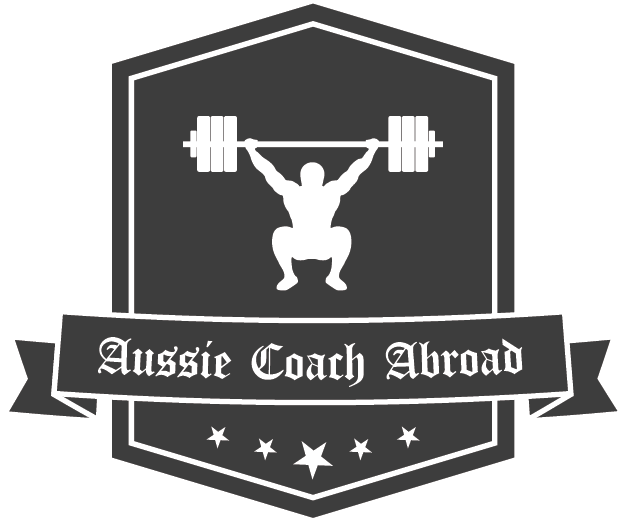Variables with athletes - It depends...
"IT DEPENDS"
The most common phrase used by practitioners. However, practitioners must follow up that statement with a valid explanation appealing to the communicatee.
This post is inspired by world renowned Sport Scientist, and great bloke, Mike McGuigan. If you haven't read his on Extreme Positions in Sport Science, then I suggest you do so!
I am constantly asked what is 'the best' for certain things, such as exercise prescription, monitoring protocols, supplementation etc. My answer is always the same, "it depends!". It has to be understood that CONTEXT IS EVERYTHING!
Exercise Prescription
When programming for an athlete, it's important to understand the individual and the sport. While building a relationship with the individual, it is crucial that the practitioner investigates the physiological activity profile of the sport. This is as simple as gathering VALID research that examines the physiological demands of the sport. Once there is a general understanding of the game and training demands, the practitioner must develop appropriate cycles in order to minimise risk of injury and maximise athletic performance.
Some variables (but not limited to) to take into account;
- Injury History: For me, this is the biggest one here. Having extensive knowledge of the athlete's injury history will help determine appropriate loading patterns in order to minimise risk of re-injury. Previous injury and inadequate rehabilitation are very strong risk factors in injury occurrence! (1)
- Postural: You cannot load an athlete if the foundations aren't there. For example, knowing the importance of back squatting for strength development, it may not be appropriate in every circumstance. If an athlete is naturally lordotic (fairly common), then it would be considered a bit negligible to incorporate spinal loading. This does NOT mean that this athlete avoids back squatting, it just means that there are appropriate steps to be taken prior. With the end goal to back squat, the initial steps would be to develop correct alignment prior to squatting progression.
- Biological/Training age: This seems like the obvious variable to adjust training plans to. For example, a 35 year old with 18 years of professional exposure is going to be on a different cycle compared to an 18 year old breaking into the top division. I would generally group athletes who are under 23 as 'developmental', meaning that a lot of foundation movements are taught whilst developing advanced lifting techniques (ie olympic variations). Athletes aged between 23-30 are generally specific enhancement, focusing on the individuals weaker areas (highlighted by strength/power profiling and positional demands). Finally, players above 30 will mostly be in a maintenance loading scheme. However, this differs contextually... It depends! I will elaborate further on my preferred periodization schemes in the next post.
Player Monitoring + Strength/Power Profiling
With the vastly evolving nature of fitness and fatigue monitoring, practitioners are left with a variety of tools to choose from (dependent on budget). Whatever modalities that are being examined, the question "why" needs to be asked. Why are you wanting to use that? What will be done to manipulate outcomes? More specifically, what is the best tool for monitoring neuromuscular fatigue? IT DEPENDS.
I don't believe there is one approach better than another, however, there may be a better approach given the environment. For example, the CMJ is an incredibly popular test for profiling an individual's power. Does that make it an appropriate test for high speed running/sprinting based sports that are posterior chain dominant?... This goes back to one of my first statements in that practitioners need to take the time to understand the individual and sport/position in order to make appropriate choices and prescriptions.
Another example is the use of GPS. It is very easy to collect and download GPS data, but it takes a specialist to interpret, deliver and make decisions based on certain information. GPS may be one of the better tools for quantifying external loads on an individual basis, however, if you don't have the man power to interpret and make decisions based off that information, perhaps a simpler route (RPE) may be more beneficial for developing a basic monitoring platform.
Application
I only wanted to touch on a few topics to get the point across that everything depends on context. The overall concept here is that there is no right or wrong method for developing/maintaining high performance in athletes. HOWEVER, that is presuming that the practitioner has investigated all variables associated with the individual and their chosen sport, and made decisions based around those. Environment and man power are certainly key variables to take into account before examining all aspects of performance enhancement. To sum up, if anyone questions certain methodology, a practitioner should be able to follow "it depends" with specific and valid reasoning.
(1) Murphy D, Connolly D, Beynnon B. Risk factors for lower extremity injury: a review of the literature. British journal of sports medicine. 2003;37(1):13-29.
